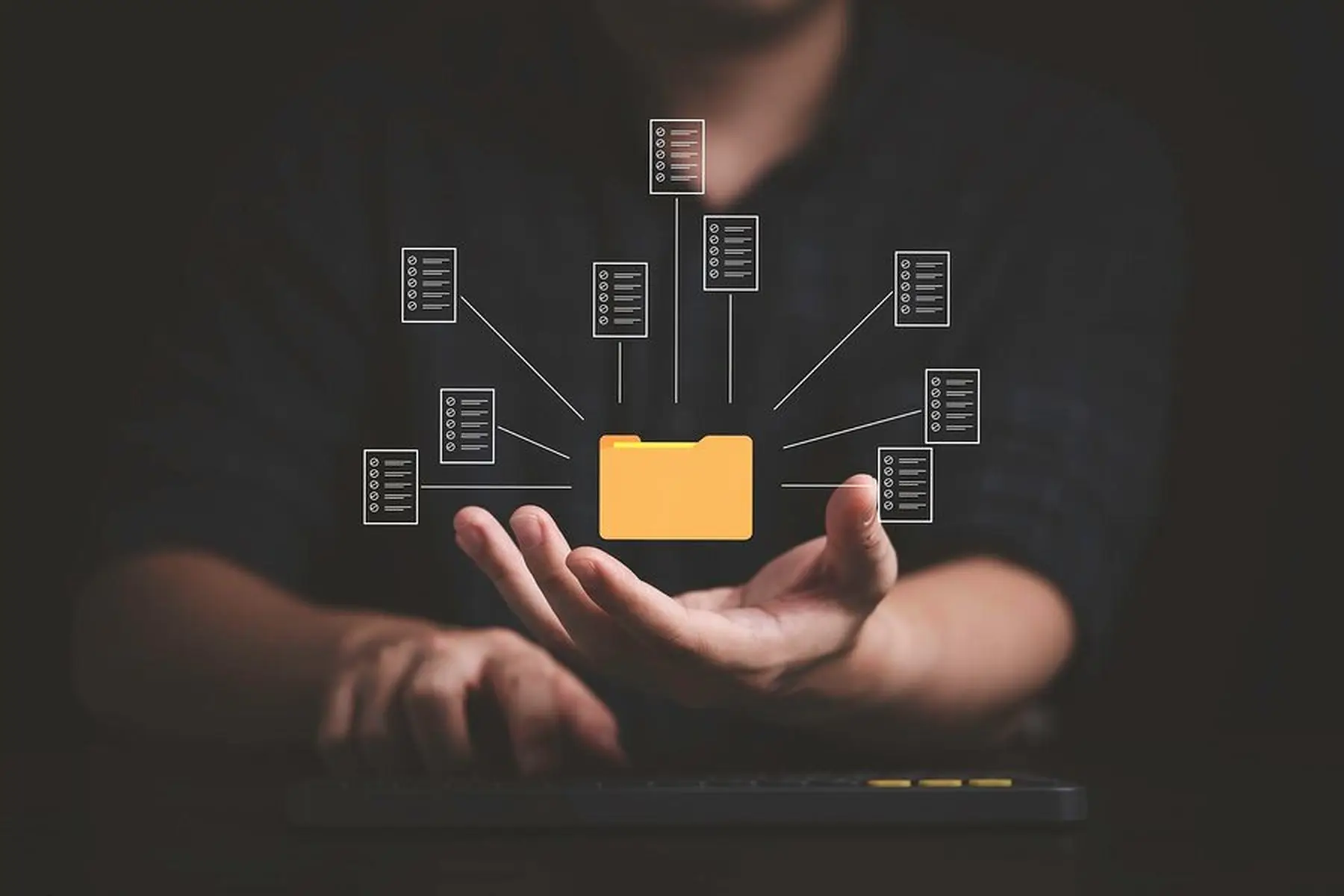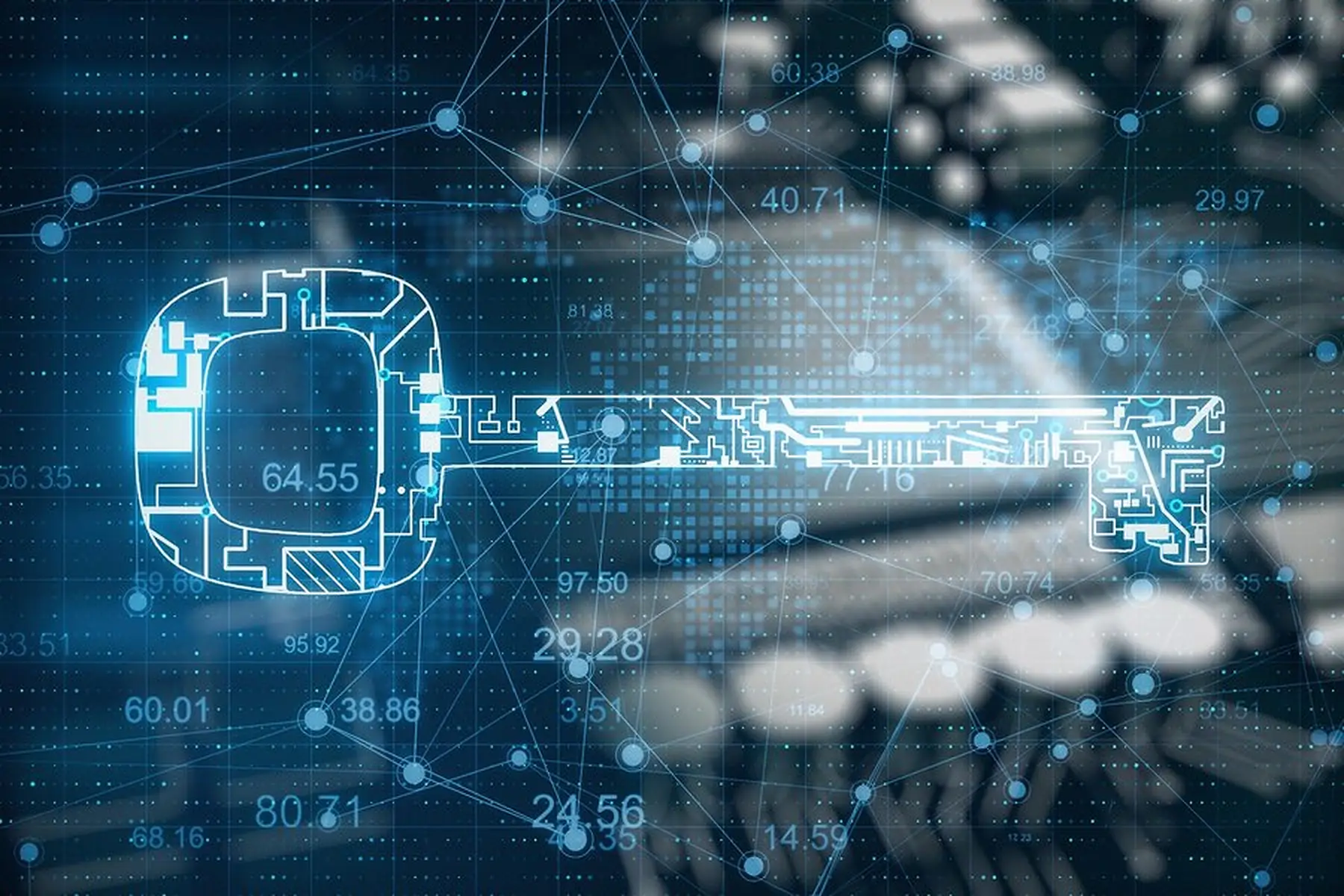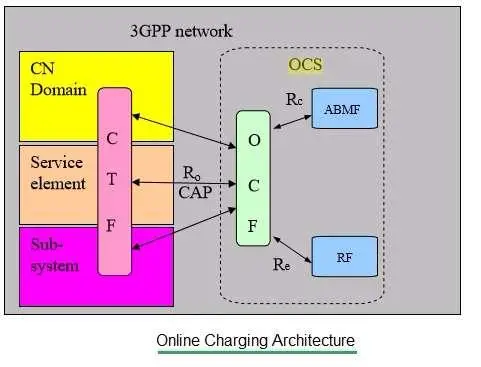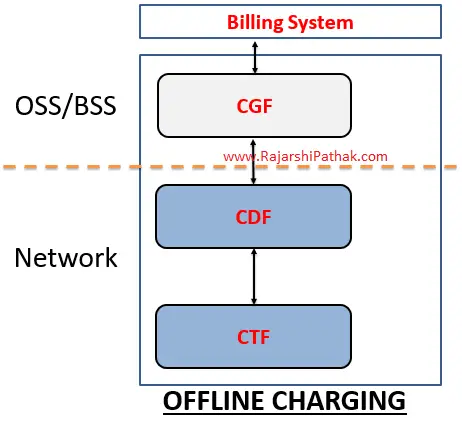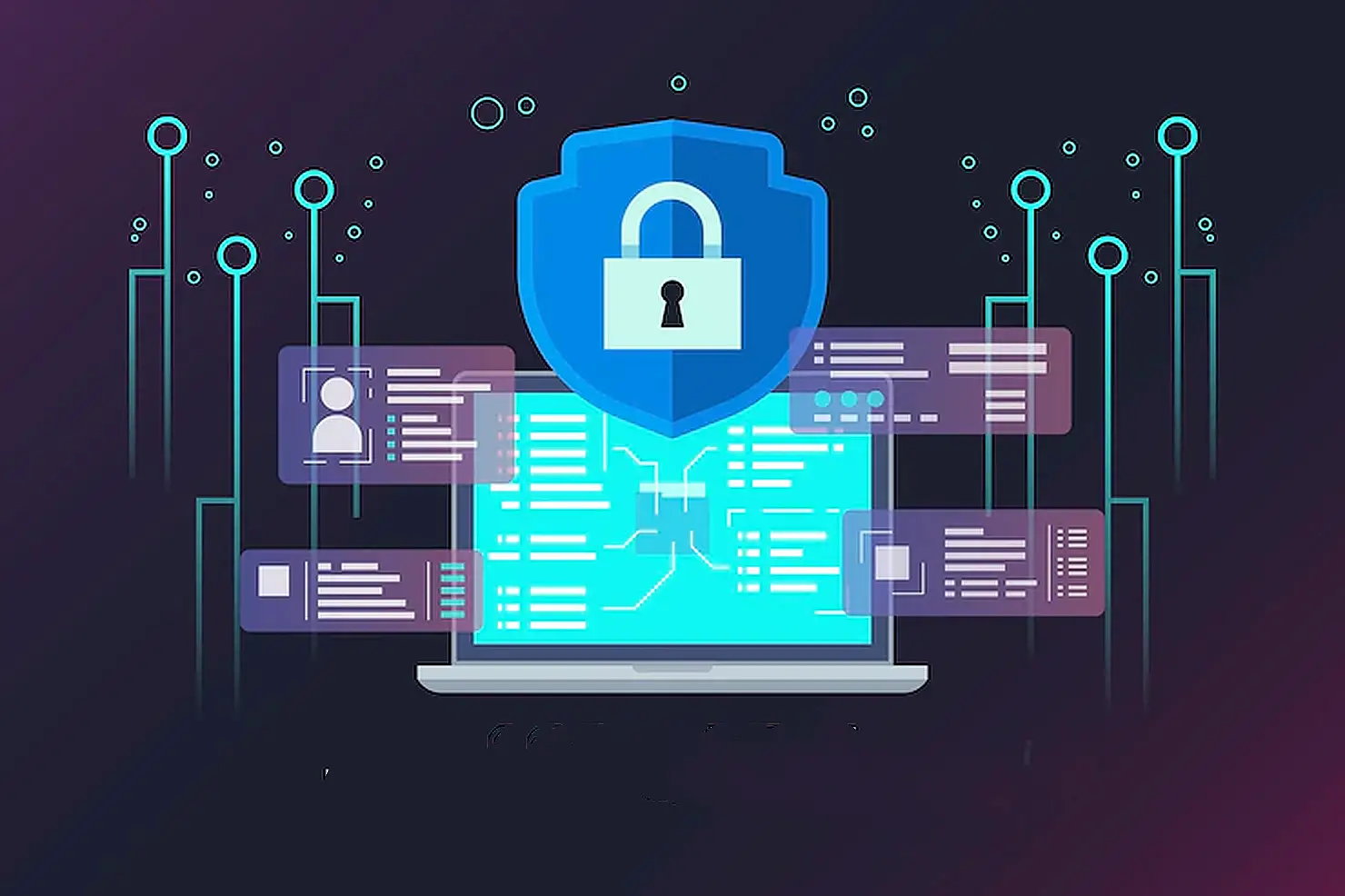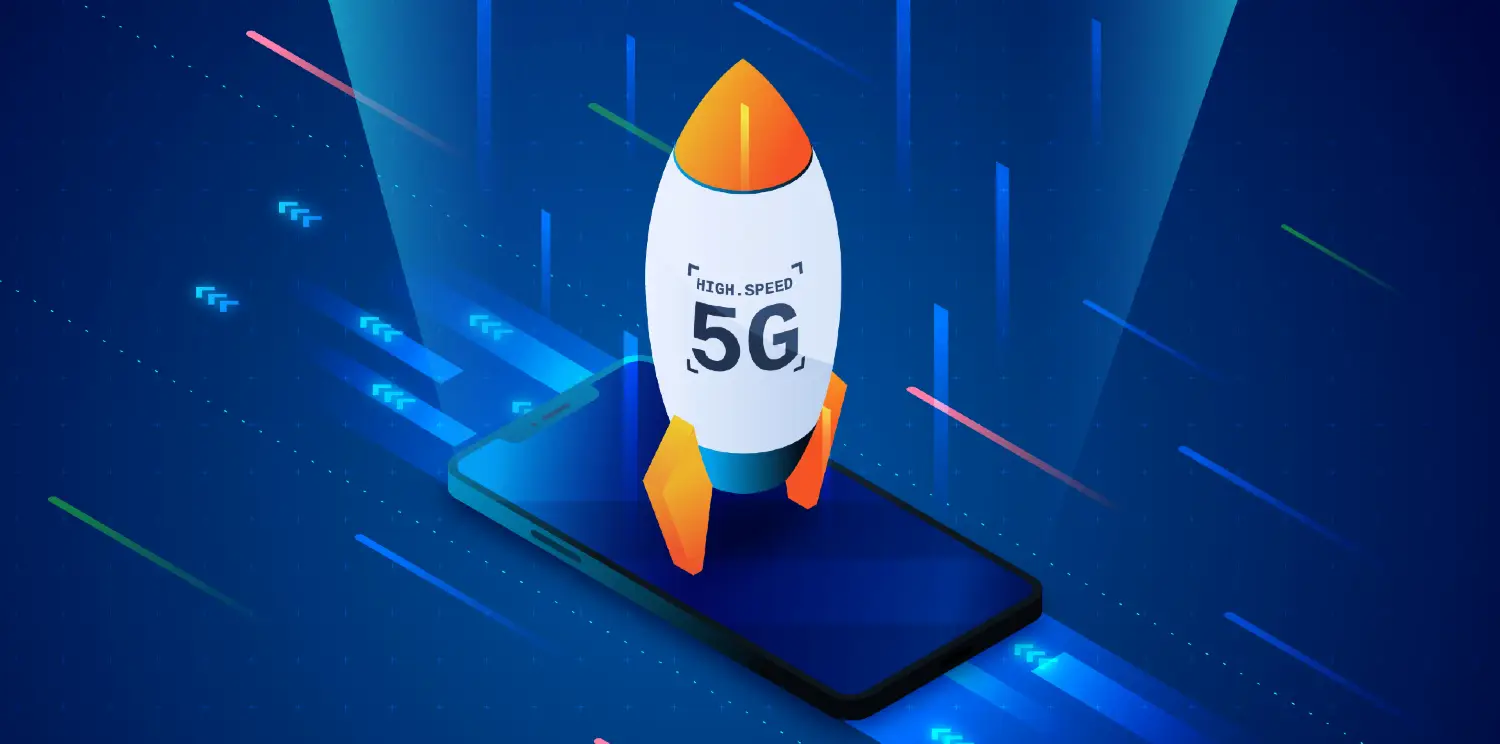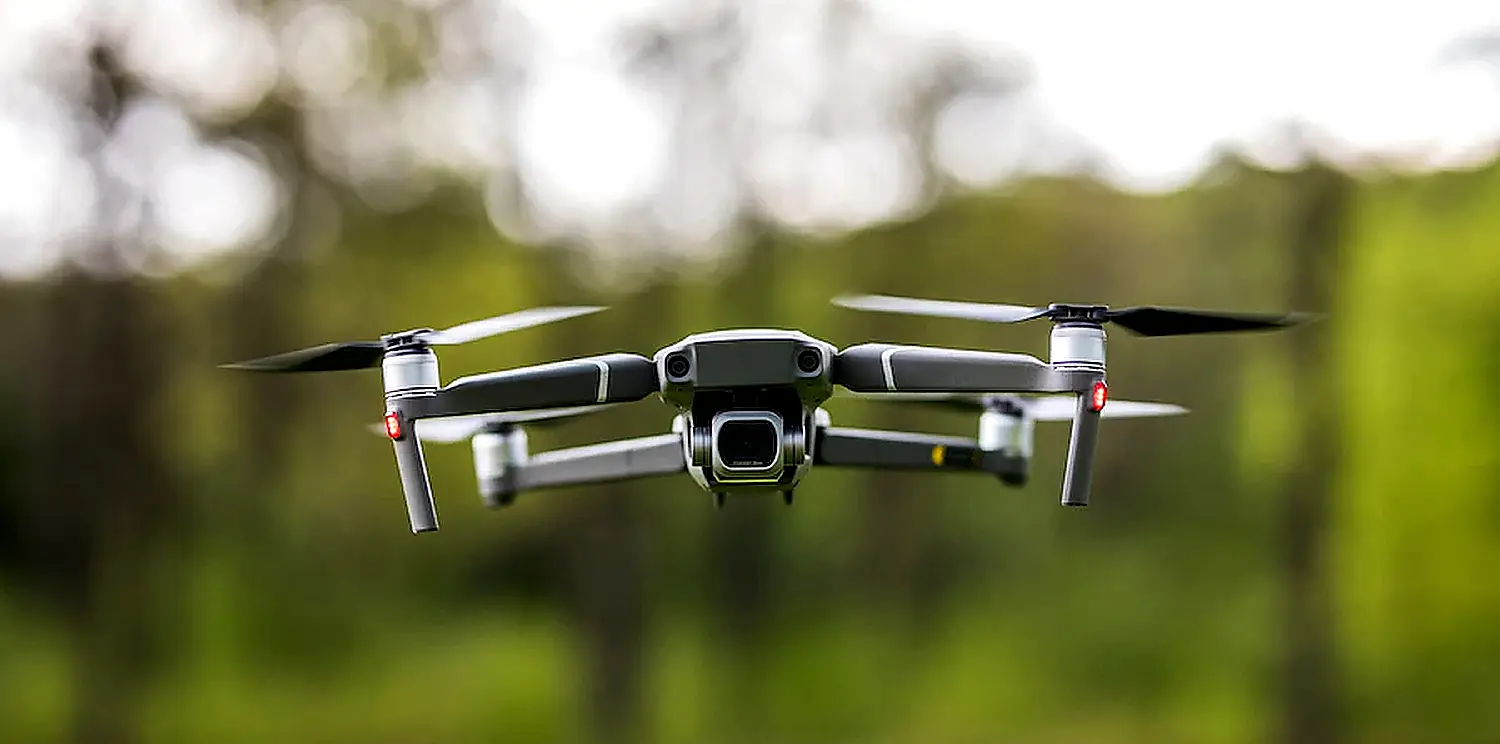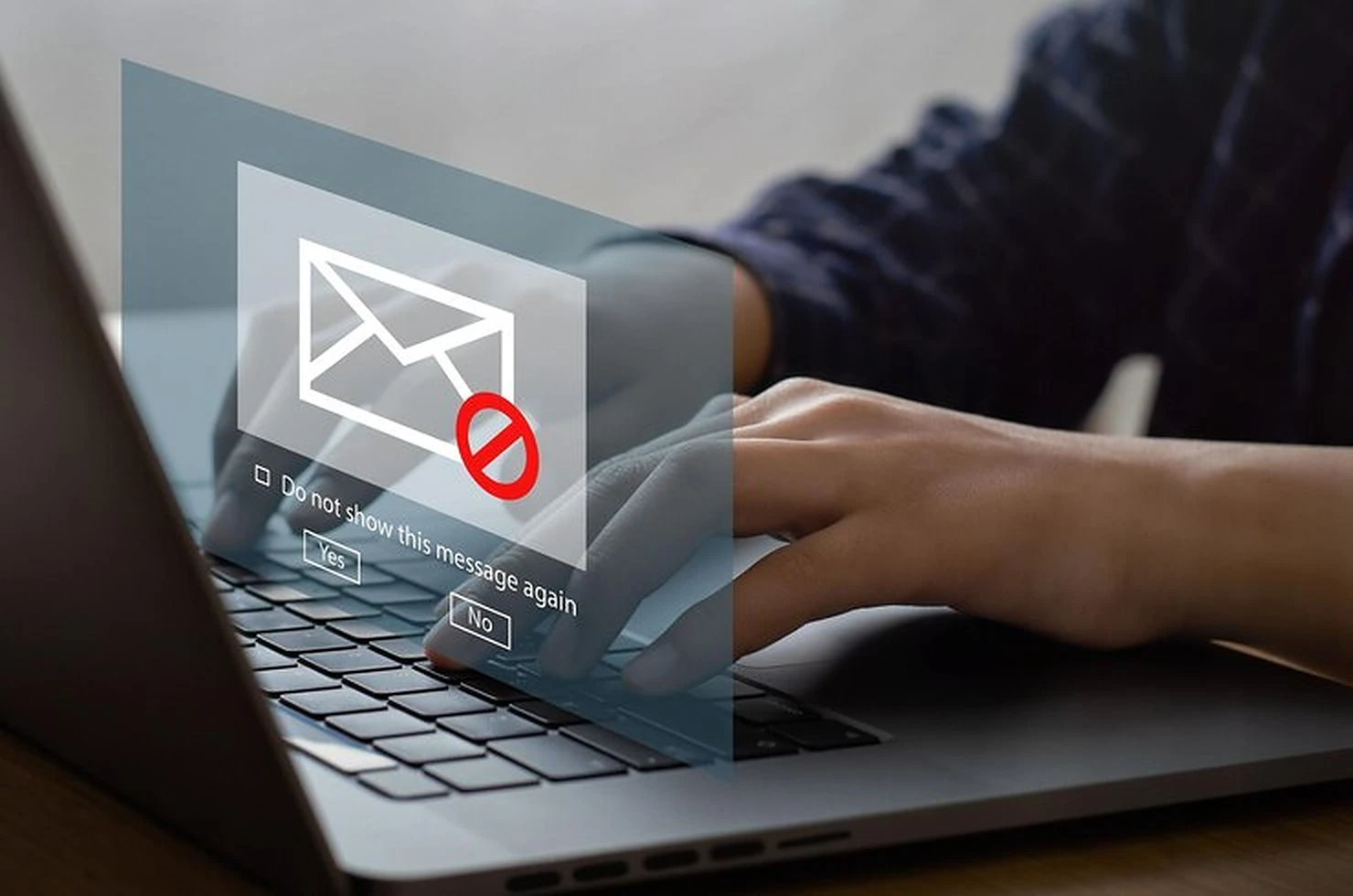Encryption refers to sending messages in coded form. Anyone who does not have the correct key cannot decrypt the message. Otherwise, the message is a random collection of letters, numbers, and characters.
Encryption is essential when trying to obtain sensitive data that others cannot access. Email travels over the internet
and can be blocked by cyberpunks, so adding an extra layer of security to your sensitive data is very important.
Encrypted data occurs randomly, but encryption proceeds logically and predictably so that no party receives encrypted data and knows the correct key to decrypt it back to plaintext. can Own In fact, secure encryption uses keys that are so complex that it is unlikely that a third party will crack or corrupt the ciphertext by brute force, i.e. guessing the key. Data can be encrypted “at rest” when it is stored, or “in transit” when it is transferred to another location.
How does encryption work?
Get the shared key of the reader. Once you have your key from Public Access, contact the person directly to verify your
identity. Most email clients have the ability to perform this task efficiently, so encrypt your email notifications with your public key and people can decrypt the message after receiving it.
What is a key in cryptography?
A cryptographic key is a string of characters used in the encryption process to change data so that it appears random. It locks (encrypts) data like a real key and can only be unlocked by someone with the original key.
What types of encryption are there?
The two main types of encryption,
- Symmetric encryption
- Asymmetric encryption.
Asymmetric cryptography is sometimes called public key cryptography. Symmetric encryption involves only one key and each communicating party uses the same (private) key for encryption and decryption.
Asymmetric encryption has two keys. One key encrypts and the other decrypts. The decryption key is kept private, but the
encryption key is public for anyone to manipulate. Asymmetric encryption is the underlying technology of TLS (often called SSL).
Why should I encrypt my data?
Privacy: Encryption ensures that only the intended recipients or fair data owners have access to messages or stored data. This protects your privacy by preventing ad networks, internet service providers, hackers, and routine
governments from blocking or reading your sensitive data.
Security: Whether data is in transit or at rest, encryption helps control data breaches. Hard drives are properly encrypted so information on lost or compromised corporate devices cannot be compromised. Similarly, encrypted
communications allow communicating parties to exchange personal information without the information being revealed.
Data Integrity: Encryption helps thwart malicious behavior such as on-the- path attacks. Encryption ensures that data sent over the internet has not been read or manipulated on its way to the recipient.
Regulations: Due to these factors, many industry and government regulations require companies that use user data to store encrypted data at rest. HIPAA, PCI DSS, and GDPR are examples of regulatory and compliance standards that require encryption.
What is an encryption algorithm?
An encryption algorithm is a method of converting data into ciphertext. Algorithms use encryption keys to predictably change data so that encrypted data appears random, but can be converted back to plain text using decryption keys.
What are some standard encryption algorithms?
Commonly used symmetric encryption algorithms are:
Commonly used asymmetric encryption algorithms are:
- RSA
- Elliptic Curve Cryptography
What is a Brute Force Attack in Encryption?
To do. Modern computers make brute force attacks much faster. Therefore, cryptography must be very robust and complex. Most modern encryption techniques combined with strong passwords are immune to brute-force attacks. However, as computers become more powerful, they may become so. Brute force attacks using weak passwords are also possible.
How is encryption used to keep web browsing secure?
Encryption is fundamental to many technologies, but it is especially important for keeping HTTP requests and responses secure. The protocol responsible for this is HTTPS (Hypertext Transfer Protocol Secure).
Websites served over HTTPS instead of HTTP have URLs that begin with https:// instead of http://, usually represented by a secure padlock in the address bar.
HTTPS uses an encryption protocol called Transport Layer Security (TLS). In the past, an older cryptographic protocol called Secure Sockets Layer (SSL) was the standard, but TLS has replaced SSL.
Therefore, websites that implement HTTPS have TLS certificates installed on their origin servers.
How is encryption different from digital signatures?
Like digital signatures, public key cryptography uses software such as PGP to transform information using mathematical algorithms to create public and private keys, but there are differences. Convert to code. The purpose of a digital signature is integrity and authenticity, verifying the sender of a message and showing that the content has not been tampered with. Encryption and digital signatures can be used separately, but encrypted messages can also be signed.
You use your private key when you sign a message, and anyone who has your public key can verify that your signature is
valid. When encrypting a transmission, the public key of the sender is used and the private key of the sender is used to
decrypt the messages.
After authenticity, verifying the sender of a message and showing that the content has not been tampered with. Encryption and digital signatures can be used separately, but encrypted messages can also be signed.
You use your private key when you sign a message, and anyone who has your public key can verify that your signature is
valid. When encrypting a transmission, the public key of the sender is used and the private key of the sender is used to
decrypt the message. People should keep their private keys confidential and password protected so that only the intended recipient can see the information.
Why You Should Encrypt Your Files
A nightmare situation would be if your laptop with a million social security numbers, banking information, or Pll was
stolen. Not encrypted. it’s going to be a nightmare.
If you do not store such information on your computer and use it only at home, you do not need encryption. But it’s still a good idea. Encryption is especially important for people concerned about data breaches. Also, companies often require it in their information security policies.
Encryption is the key to protecting your data. It’s also an easy best practice to include in your security policy. A common security framework, SOC 2 confidentiality, requires encryption of sensitive information to limit access by unauthorized parties. Since this encryption process can vary by system and device, we’ll start with Windows 10 and Bitlocker.
BitLocker is Microsoft’s proprietary disk encryption software for Windows 10. By following these 8 steps, you can keep
your data is safe and secure. Plus, it’s free and doesn’t require you to install anything. You can use BitLocker to encrypt your entire drive to protect against unauthorized changes to your system.
How to encrypt a hard drive in Windows 10?
In Windows Explorer, under This PC, find the hard drive you want to encrypt. Right-click the target drive and select Enable BitLocker.
Select Enter Password. Please enter a secure password. Select To enable the recovery key, which is used to access the drive if the password is lost.
You can print the key, save it as a file on your hard drive, save it as a file on a USB drive, or save the key to your Microsoft account.
Select Encrypt Entire Drive. This option is more secure and encrypted the files you mark for deletion.
Select New Encryption Mode unless your drive must be compatible with older Windows computers.
Click Start Encryption to start the encryption process. Note that you will need to restart your computer to encrypt your boot drive.
Encryption takes very little time, but at the same time, it runs in the background.
Note: BitLocker is not available on Windows 10 Home Edition, but Device Encryption has similar functionality.
Related Tags – Encryption, BitLocker, cryptography, cryptographic.

